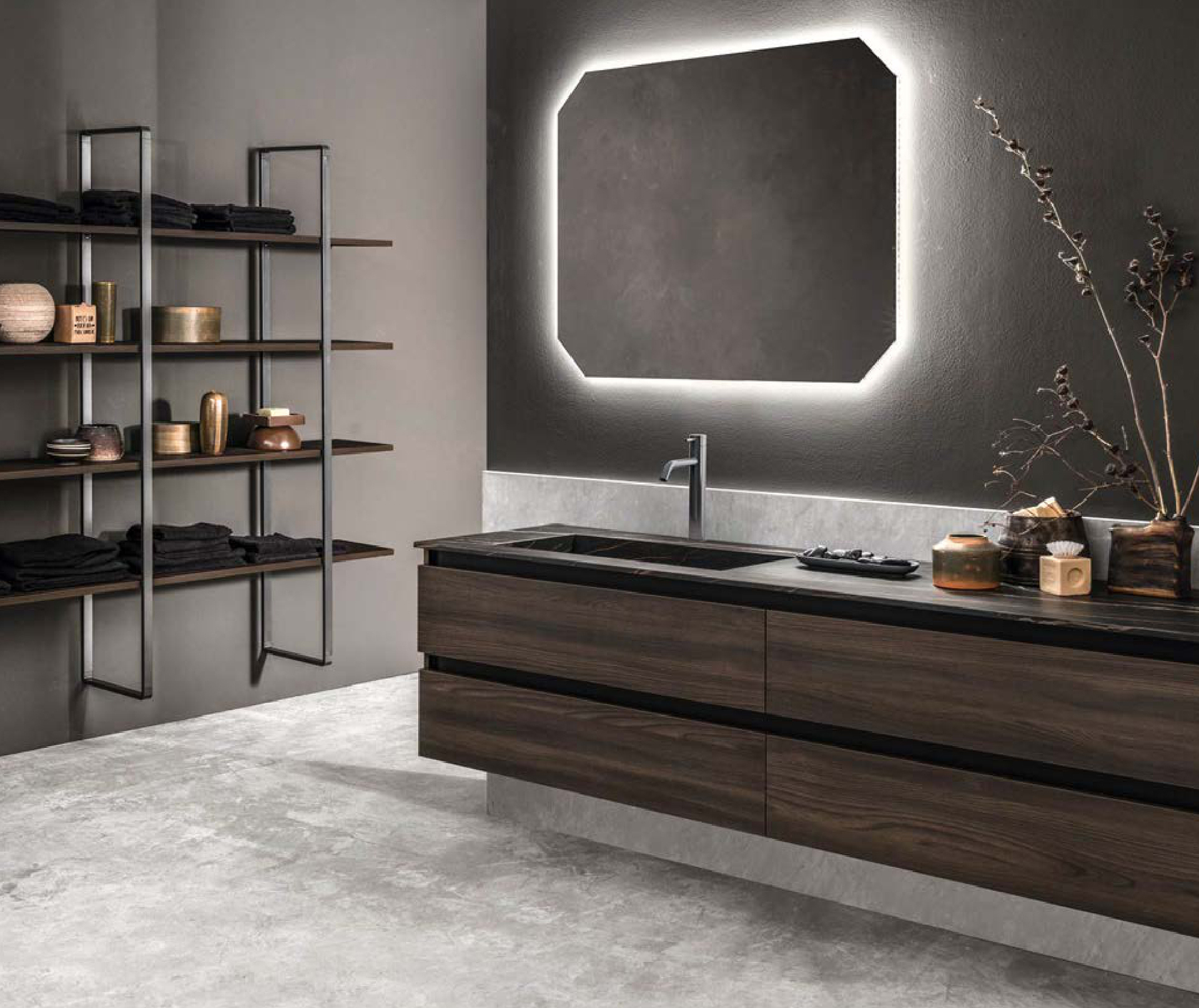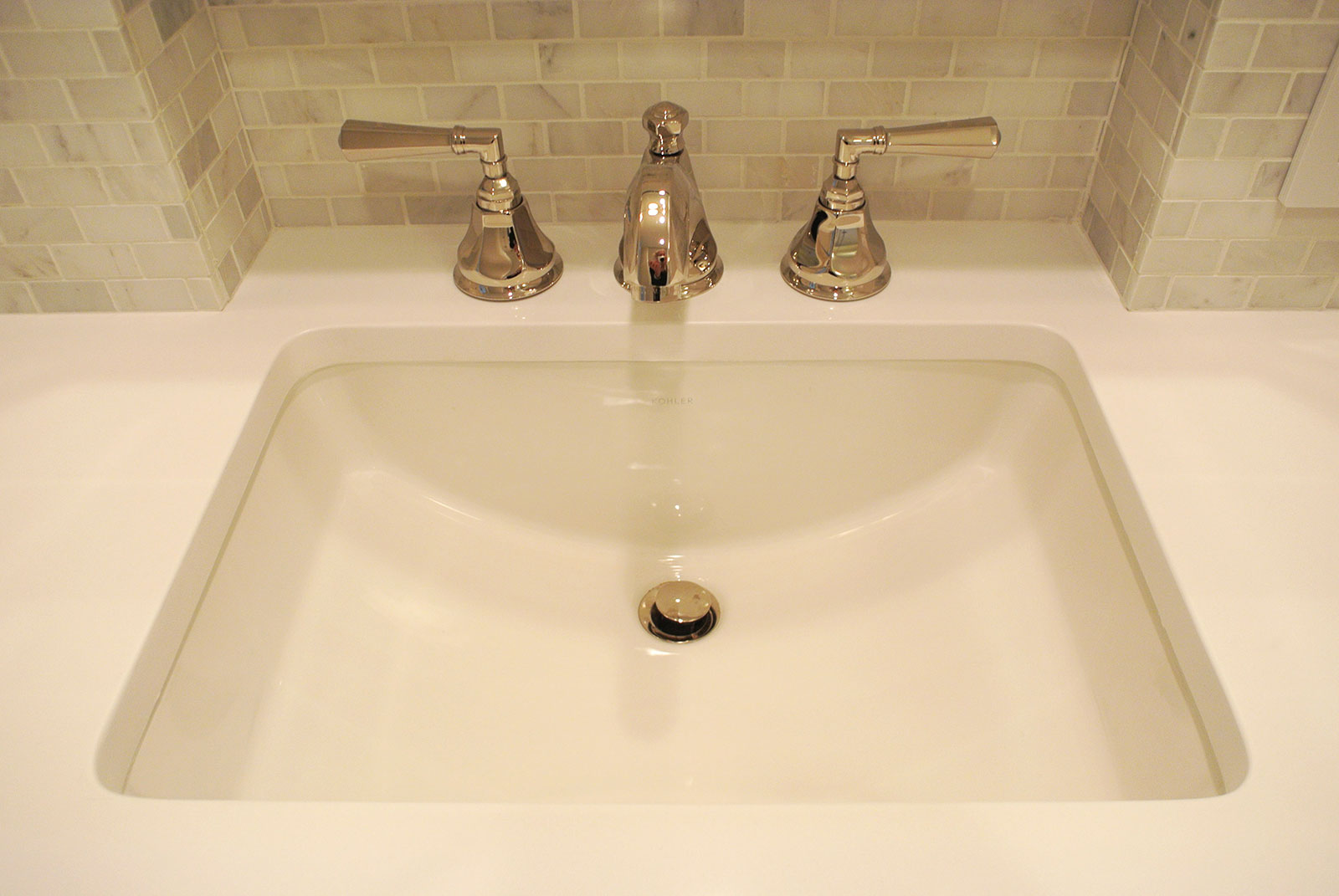Bathroom Vanity Styles in Staten Island

Staten Island, with its diverse population and a mix of modern and traditional homes, offers a wide range of bathroom vanity styles to suit every taste and budget. Whether you’re looking for a classic, timeless design or a sleek, contemporary look, there’s a bathroom vanity out there for you.
Traditional Bathroom Vanities
Traditional bathroom vanities are characterized by their classic, elegant design. They often feature ornate details, such as carved wood, decorative hardware, and intricate molding. The materials used in traditional vanities are typically high-quality, such as solid wood, marble, and granite.
- Design Elements: Traditional bathroom vanities often feature a pedestal base, double sinks, and ornate details such as carved wood, decorative hardware, and intricate molding. They are often finished in warm, earthy tones, such as cherry, mahogany, or walnut.
- Materials: Traditional bathroom vanities are typically made from solid wood, marble, or granite. They are often finished with a high-gloss lacquer or a matte stain.
- Examples: A good example of a traditional bathroom vanity is the “Chesapeake” vanity by [insert local retailer name] which features a pedestal base, double sinks, and ornate details. It is available in a variety of finishes, including cherry, mahogany, and walnut.
Modern Bathroom Vanities
Modern bathroom vanities are characterized by their clean lines, minimalist design, and use of sleek materials. They often feature geometric shapes, bold colors, and innovative storage solutions.
- Design Elements: Modern bathroom vanities often feature a floating design, open shelving, and integrated lighting. They are often finished in neutral colors, such as white, gray, or black.
- Materials: Modern bathroom vanities are typically made from materials such as lacquered wood, stainless steel, and glass. They are often finished with a high-gloss lacquer or a matte stain.
- Examples: A good example of a modern bathroom vanity is the “Nexus” vanity by [insert local retailer name] which features a floating design, open shelving, and integrated lighting. It is available in a variety of finishes, including white, gray, and black.
Contemporary Bathroom Vanities
Contemporary bathroom vanities are a modern take on traditional designs. They often feature clean lines, simple shapes, and a focus on functionality.
- Design Elements: Contemporary bathroom vanities often feature a mix of traditional and modern elements. They may have a pedestal base, but with a more minimalist design. They often feature a combination of materials, such as wood and metal. They are often finished in neutral colors, such as white, gray, or black.
- Materials: Contemporary bathroom vanities are typically made from a combination of materials, such as wood, metal, and glass. They are often finished with a matte stain or a high-gloss lacquer.
- Examples: A good example of a contemporary bathroom vanity is the “Arbor” vanity by [insert local retailer name] which features a pedestal base, a combination of wood and metal, and a matte finish. It is available in a variety of colors, including white, gray, and black.
Farmhouse Bathroom Vanities
Farmhouse bathroom vanities are characterized by their rustic charm and cozy feel. They often feature distressed wood, metal accents, and open shelving.
- Design Elements: Farmhouse bathroom vanities often feature a distressed wood finish, metal accents, and open shelving. They are often finished in warm, earthy tones, such as brown, gray, or white.
- Materials: Farmhouse bathroom vanities are typically made from reclaimed wood, metal, and stone. They are often finished with a distressed paint or a natural stain.
- Examples: A good example of a farmhouse bathroom vanity is the “Rustic” vanity by [insert local retailer name] which features a distressed wood finish, metal accents, and open shelving. It is available in a variety of finishes, including brown, gray, and white.
Bathroom Vanity Materials and Finishes: Bathroom Vanities Staten Island

Choosing the right materials and finishes for your bathroom vanity is crucial for both its functionality and aesthetic appeal. The materials you select will affect its durability, water resistance, and overall style. Here’s a breakdown of common bathroom vanity materials and their characteristics:
Wood
Wood is a classic choice for bathroom vanities, offering natural beauty and warmth.
- Durability: Wood is a durable material, especially when treated with a protective finish. Hardwoods like oak, maple, and cherry are particularly resistant to scratches and dents.
- Water Resistance: While wood is naturally porous, it can be treated with water-resistant finishes like polyurethane or varnish to protect it from moisture.
- Aesthetic Appeal: Wood comes in a wide range of grains and colors, allowing you to create a unique and personalized look.
- Cost: Wood vanities can range in price depending on the type of wood and the complexity of the design.
Laminate
Laminate is a cost-effective alternative to wood, offering a durable and water-resistant surface.
- Durability: Laminate is highly resistant to scratches, dents, and stains, making it a practical choice for busy bathrooms.
- Water Resistance: Laminate is designed to be water-resistant and easy to clean, making it ideal for high-moisture environments.
- Aesthetic Appeal: Laminate comes in a wide range of colors, patterns, and textures, allowing you to mimic the look of wood, stone, or other materials.
- Cost: Laminate vanities are generally more affordable than wood vanities, making them a budget-friendly option.
Quartz
Quartz is a popular choice for bathroom countertops and vanities due to its durability and low maintenance.
- Durability: Quartz is a non-porous material, making it highly resistant to scratches, stains, and bacteria.
- Water Resistance: Quartz is naturally water-resistant, making it ideal for use in bathrooms.
- Aesthetic Appeal: Quartz comes in a wide range of colors and patterns, including those that mimic the look of natural stone.
- Cost: Quartz vanities are generally more expensive than laminate vanities but less expensive than solid surface vanities.
Granite
Granite is a natural stone known for its durability, beauty, and unique patterns.
- Durability: Granite is a very hard and durable material, making it resistant to scratches and dents.
- Water Resistance: Granite is naturally water-resistant and can be sealed to enhance its water resistance.
- Aesthetic Appeal: Granite comes in a wide variety of colors and patterns, making it a unique and eye-catching choice for bathroom vanities.
- Cost: Granite vanities are generally more expensive than quartz vanities due to the cost of the material and the labor involved in fabrication.
Finishes
The finish of your bathroom vanity can significantly impact its overall look and feel.
- Paint Colors: Popular paint colors for bathroom vanities include white, gray, blue, and green.
- Stains: Wood vanities can be stained to enhance their natural beauty and create a warm and inviting atmosphere.
- Hardware Options: Hardware options for bathroom vanities include knobs, pulls, and hinges. Popular finishes include chrome, nickel, brass, and oil-rubbed bronze.
Bathroom Vanity Size and Configuration

Choosing the right bathroom vanity size and configuration is crucial for maximizing space, functionality, and aesthetics. It’s about finding the perfect balance between your storage needs, the size of your bathroom, and your personal style.
Common Vanity Sizes and Configurations, Bathroom vanities staten island
Bathroom vanities come in various sizes and configurations to suit different bathroom layouts and needs.
- Single Vanity: These are ideal for smaller bathrooms or powder rooms. They typically feature a single sink and countertop, offering sufficient storage for toiletries and essentials.
- Double Vanity: These are perfect for larger bathrooms, especially those shared by multiple people. They offer two sinks and countertops, providing ample space and storage for each individual.
- Corner Vanity: These are a great space-saving option for smaller bathrooms or those with awkward corners. They are designed to fit snugly into corners, maximizing floor space while offering storage and a sink.
Factors to Consider When Choosing a Vanity Size and Configuration
Several factors play a crucial role in determining the ideal vanity size and configuration for your bathroom.
- Bathroom Size: The size of your bathroom will directly influence the vanity size you can accommodate. A small bathroom may require a compact single vanity, while a larger bathroom can comfortably fit a double vanity or a corner vanity.
- Storage Needs: Consider your storage requirements. If you have a lot of toiletries and bathroom essentials, a vanity with ample drawers and cabinets is essential.
- Layout: The layout of your bathroom will also influence your vanity choice. A rectangular bathroom might accommodate a single or double vanity along a wall, while a smaller bathroom with a corner might be best suited for a corner vanity.
- Personal Preferences: Ultimately, the choice of vanity size and configuration comes down to your personal preferences. Consider your style, the overall look you want to achieve, and the functionality that best suits your needs.
Selecting the Right Vanity Size and Configuration
To ensure you choose the right vanity size and configuration, it’s essential to carefully consider the factors mentioned above.
- Measure your bathroom space: Measure the available space for your vanity, including the width, depth, and height. This will help you narrow down the options and choose a vanity that fits comfortably within your bathroom.
- Consider your storage needs: Determine how much storage you need for your toiletries and bathroom essentials. If you have a lot of items, opt for a vanity with ample drawers and cabinets.
- Choose a vanity that complements your bathroom style: Select a vanity that complements the overall style of your bathroom. If you have a modern bathroom, a sleek and minimalist vanity would be a good choice. For a traditional bathroom, a vanity with ornate details might be more appropriate.
- Think about the layout of your bathroom: Consider the layout of your bathroom and choose a vanity that fits comfortably and functionally. A corner vanity can be a good option for smaller bathrooms with limited space.
